It would be nice to look at ancient history…
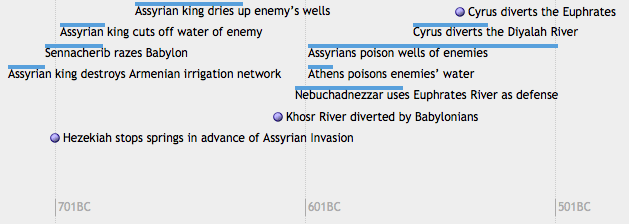
… and feel like things have changed.
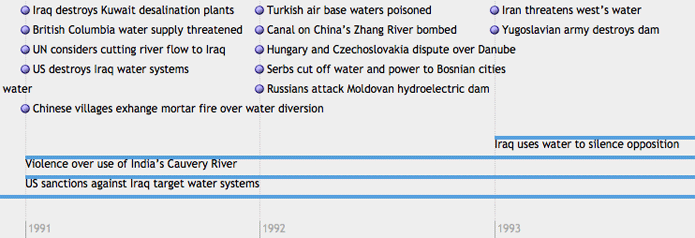
Yes, it probably would be nice.
Enjoy 5,000 years of water conflicts over at the Pacific Institute’s Water Conflict Chronology Timeline.
It would be nice to look at ancient history…

… and feel like things have changed.

Yes, it probably would be nice.
Enjoy 5,000 years of water conflicts over at the Pacific Institute’s Water Conflict Chronology Timeline.
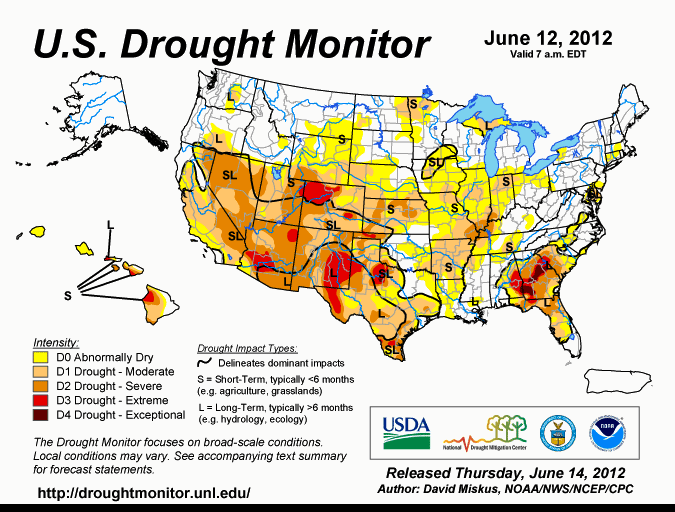
Meanwhile, in Greenland…
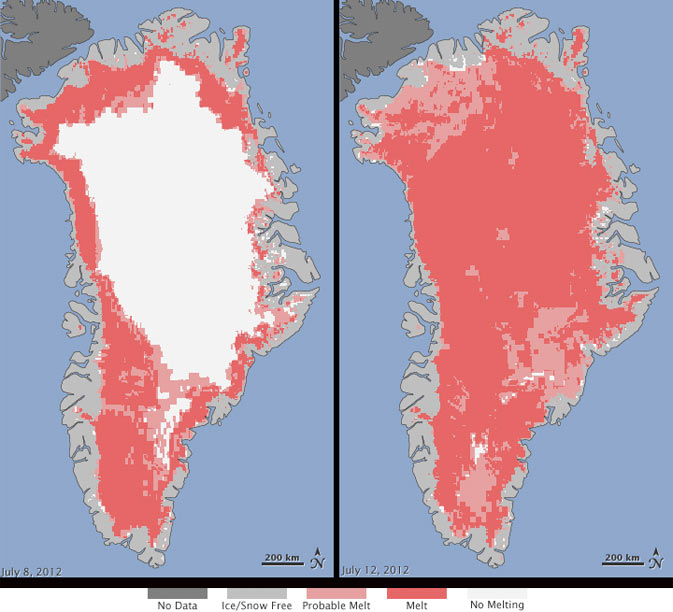
Without the water management schemes we’ve implemented, such as dams, pipelines and other means of securing water supplies, this is what the state of water security in the world would look like…
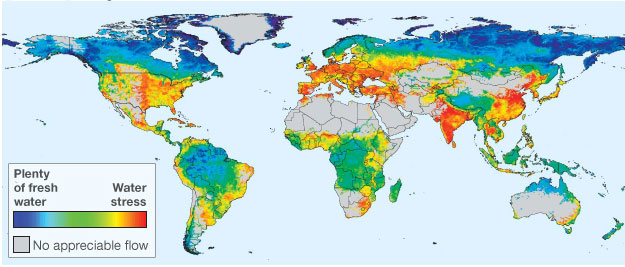
Aside from India and China, whose situation doesn’t improve much in the next example, the “natural” picture above does not look so great for the United States and much less so for Europe. Yet below, when we look at the “managed” state of things, the U.S. and Europe are shored up while the tables are turned for the worse in Africa.
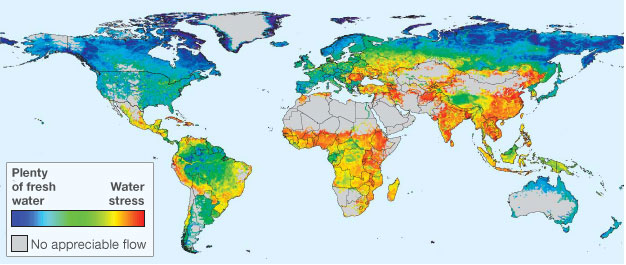
Unsurprisingly, it’s the lack of money in poorer nations perpetuating the lack of water. (That and the notion that they should be more environmental sound about their improvements, unlike in developed countries where water security often comes at the cost of nature in general.) There is, however, some good news for Africa. A new study has revealed a huge reservoir of groundwater totaling over 100 times the volume of water found above ground. The catch is it’s not a renewable source, as these aquifers were last filled over 5,000 years ago.
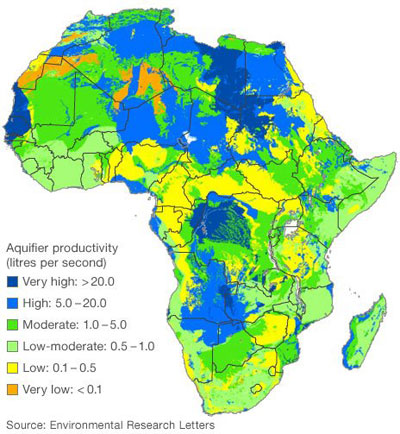
The key will be using these hidden resources to cover deficiencies in the short term while sustainable solutions for the future are put into place. It doesn’t sound like the best job to give to humans, but so it goes. To complicate matters worse, who knows what the picture will look like as climate change continues to usher us into the unknown. If all of our efforts so far have still left 80% of the world’s population with an insecure supply of the one liquid we can’t live without, <insert smart-ass comment about priorities without using the word ‘stupid’>.
[World/Africa maps via BBC (Thanks, Paul!); Water security study from Nature, African groundwater study from IOPscience]If you need a break from filling out your 1040, look no further than xkcd’s /1040/, which happily has nothing to do with taxes despite the timing…
The kids are always talking about propagating fractures in rock layers to release the natural gas trapped underneath, but what is “fracking” all about? Thankfully someone has made a beautiful website to quickly walk you through the entire process…
Why should you care? Because fracking got an exemption in the Safe Drinking Water Act, despite the hazardous stew it leaves underground. Also, there already happens to be bills stagnating in Congress to take the exemption away. Let’s go ahead and take care of this very specific little oversight. Go direct to taking action here or enjoy Linda Dong‘s site, Dangers of Fracking, which will take you to the action and further resources at the end.
[via Daring Fireball]It’s too bad UN-Water didn’t make it in our initial Google results for “water” (it’s the 64th result) because if you have a few minutes and a desire to understand the global water situation, the links to all the information you need are on one page.
In addition to their statistics page, UN-Water has three flagship publications:
What’s the story? From skimming 500 pages of pdfs, it was largely what you’d expect. Developing countries are making progress, but have a long way to go. Increasing populations, advancing economies, climate change and lack of information, communication and funding are just a few of the factors involved. Billions of people are still without the basics and while Africa and Asia house the areas furthest behind, there’s plenty of trouble spots in the most developed of countries and economies.
Although the challenges are great, it is important to remember that this is not a problem in search of a solution. For the most part, it is a lame-duck problem waiting for the implementation of solutions already in hand. That’s why the World Water Development Report focuses our attention on decision-making:
That’s the finish line for this week’s water sprint. Next steps include digging into some country-level data, where we’ll really start to see what the hold-up is, and updating/expanding on our first water map.
Four links to international water organizations quickly turn into the pile below with a little looking. If you include UN-Water’s members and partners and UNESCO-IHP’s Water Centres, we probably have before us what could be called most of the border pieces of the water puzzle.
Now the question becomes, is that too many organizations or not enough? No, wait. What’s the problem again?
Okay, here’s our top 50 “water’ results minus what we don’t need and organized by type of source:
Next step? Skim, expand and reorganize…
So far Ape Con Myth has put together a few pieces of the water puzzle. Now it’s time to start dumping the rest of the box out on the table. And what better way to do that then with a Google search.
Here’s the first 50 results for “water”:
While looking up “water” in Wikipedia wouldn’t be enough, searching for it on Google provides more than we need. In this first round, 21 of the results have been crossed out for being unrelated or useless to our research. Next comes a little organization…
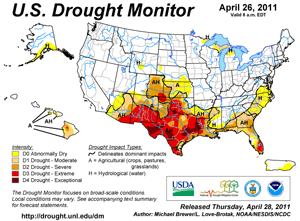 |
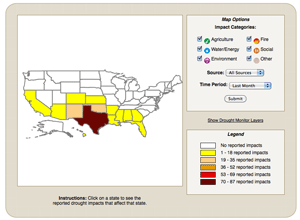 |
|
| U.S. Drought Monitor | Drought Impact Reporter |